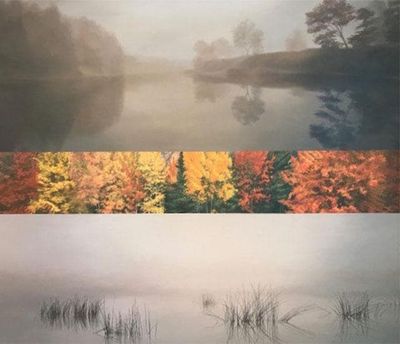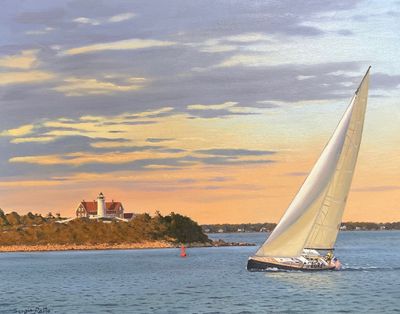Artists at The Gallery at Somes Sound
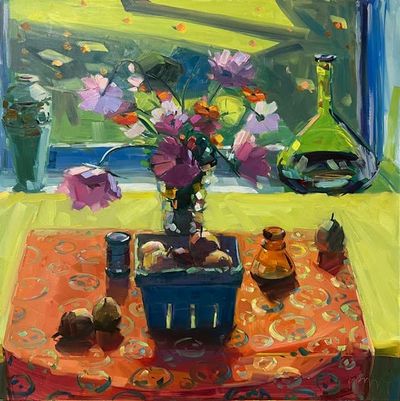
Amy Brnger, from Eliot, Maine, has painted still life, flowers, interiors and landscape for as long as she has been an artist. She enjoys painting flowers from her garden, interior views of her home,…
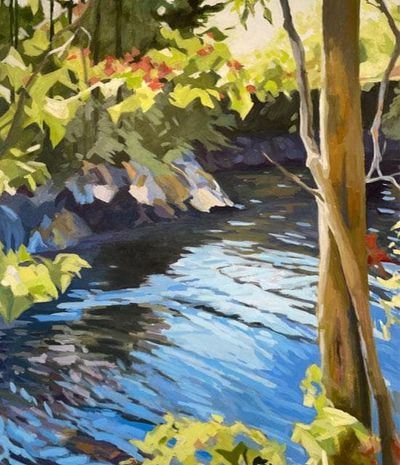
Anne Ireland's work continues to reflect her complicated and ardent relationship with color and space. It also reveals the ongoing dialog that she has with the Maine landscape and the beauty of…
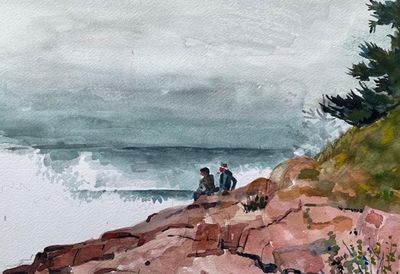
Bill Woodman was born in Bangor, Maine, in 1939. He joined the US Navy in 1954, serving on the USS Timmerman, and later in West Germany. Upon his discharge in 1957, Woodman took the next bus to New…
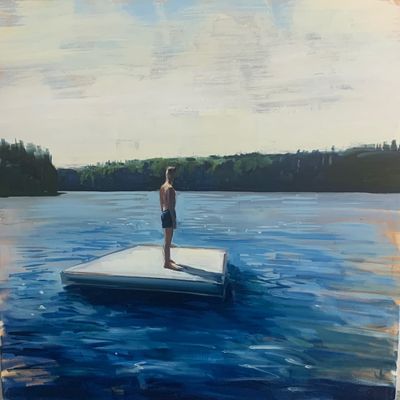
Craig Mooney makes paintings of dramatic moments and heightened emotionality that are known for being expansive and expressive. Though a representational painter, the artist incorporates a myriad of…

David Haig is an internationally renowned furniture maker, working from his home and studio near Nelson on the South Island of New Zealand. He has also taught extensively, both in New Zealand and…
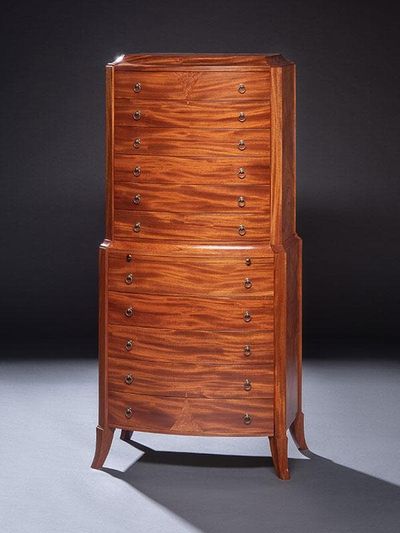
Furniture maker David Lamb was born in New Hampshire and grew up at Canterbury Shaker Village. From March 2010 to March 2014, Lamb was awarded the title of New Hampshire's Fifth Artist Laureate. …
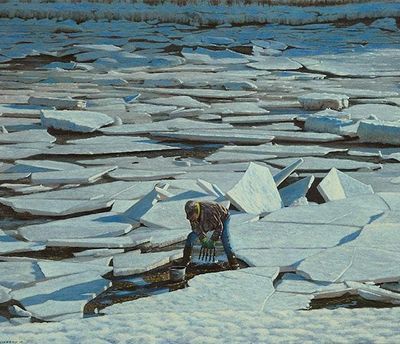
David Vickery is an artist based in Cushing, Maine. He has been working from his studio since 1991 and is known for his precise realism and exploration of light and space. Vickery’s work is about…
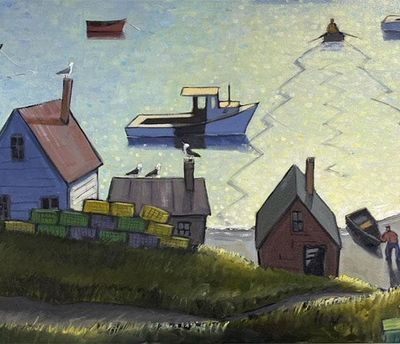
David Witbeck spends a lot of his time on the rugged coast of Maine creating whimsical paintings of harbors and fishing villages; strategically placing lobster boats, fishermen and gulls into the…
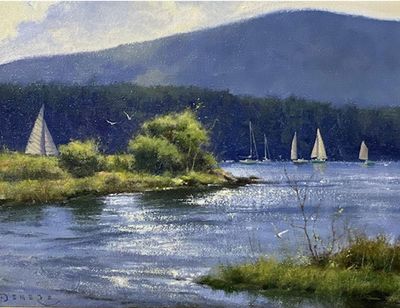
Donald Demers was born in 1956, in the small, rural community of Lunenburg, Massachusetts. His interest in painting maritime subjects began while spending his summers on the coast of Maine near…

Duncan Gowdy unexpectedly started making furniture in 1991. Originally an illustration major at University of Massachusetts Dartmouth, Duncan took a furniture class on the advice of an instructor. By…
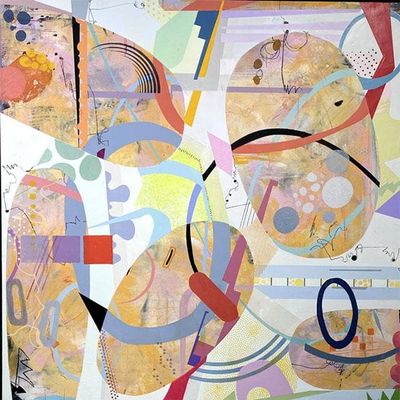
Farrington’s art fuses her internal world with the external world using color, marks, movement and visual texture to express her relationship with these two forces. Farrington aims to be both…

On the downeast coast of Maine, in Eline Barclay’s studio overlooking the pleasant river marsh, she has found the perfect synthesis of solitude and inspiration. Wetlands, tidal and freshwater…
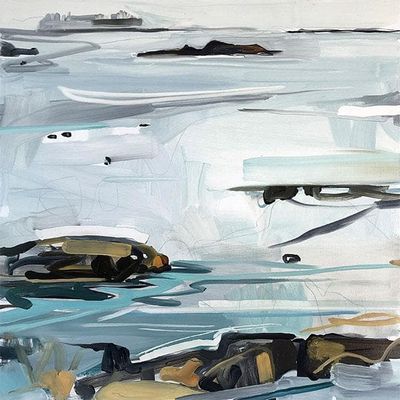
Calling attention to changes and variations in perception, Elizabeth Hoy creates work through an intersection of painting, sculpture and installation. Employing formal decisions, Hoy addresses the…
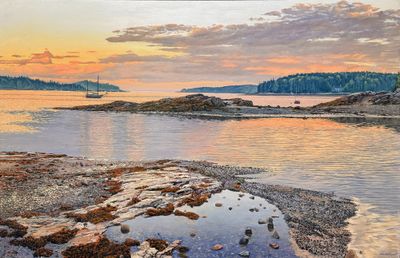
For the past twenty two years, McMullen's focus for painting has been exclusively on the coast, surrounding waters and interior of Mount Desert Island, Maine. From his first sight of the island…
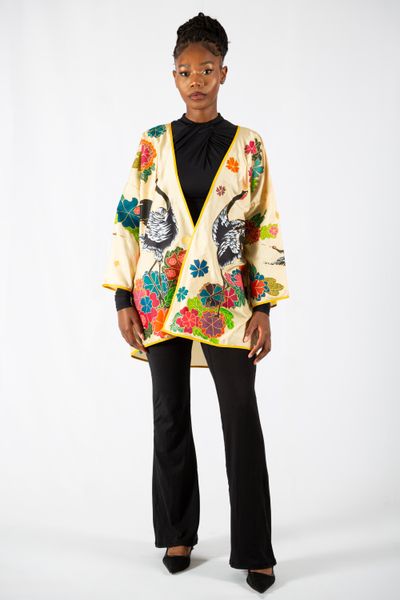
Gigi AEA was born in Tbilisi, Georgia, into a fourth-generation family of notable artists. As a child he was trained in the studios of his grandfather and father. His grandfather was a renown Cubist;…

In Graham Dougherty's paintings, the architectural elements become the abstracted structures of remembered moments. Both rational thought and remembered sensations are unified. The measured…
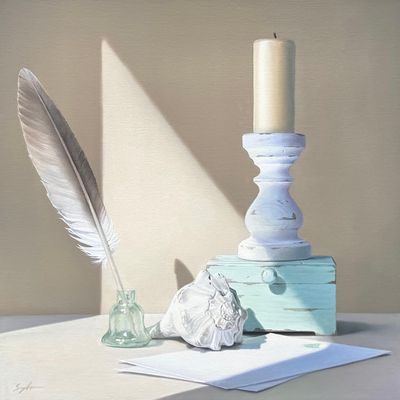
Jack Saylor received his degree in painting from Barton College in 1983. Upon graduating he moved to Barcelona, Spain and then later to Florence, Italy where he began his pursuits as an artist while…

Jacqueline Jones' paintings summon ephemeral moments and emotions inspired by nature. Her rich color palette and lively brushwork capture the scents and sounds of the land: the rushing streams…

Janis Sanders is an accomplished oil painter, who has won awards for his unique painting style. His work is done with a palette knife, often en plein air.
Sanders melds elements of American Realism…

Joseph Tracy attended the School for American Craftsmen in Rochester, NY from 1970 - 1976. He also spent time studying in Norway and Stockholm Sweden at Malmsten Verkstad Skole studying with Jim…
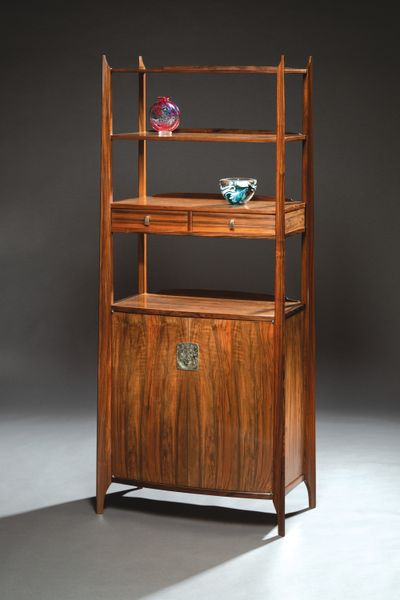
The sweeping curves and uninterrupted lines in John Cameron's work are a result of the relationship between design and material. Each piece of stock is carefully chosen and sometimes resawn, exposing…
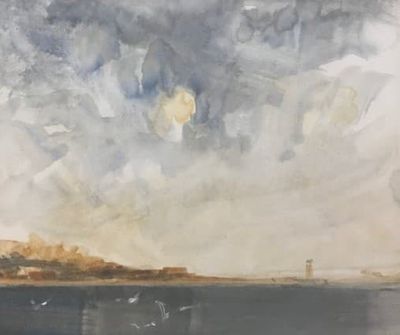
John Fulweiler graduated with an MFA from Tyler School of Art. After several years in Europe, which included a stint at Birgit Skiöld’s Print Workshop in London, he returned to New England where he…
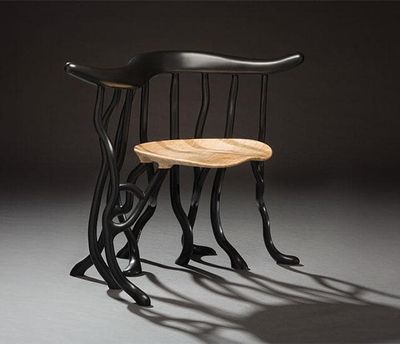
Jon Brooks earned his Bachelor of Fine Arts and Master of Fine Arts at the Rochester Institute of Technology in New York, where he studied and apprenticed with Wendell Castle, and William Keyser…
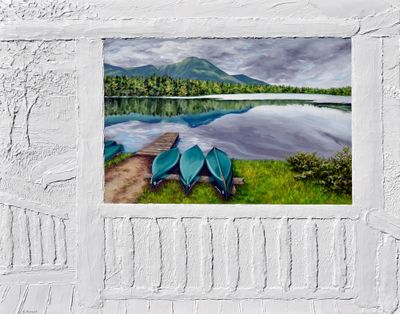
Kaitlyn Metcalf is a native of New Orleans, Louisiana. Led by her passion for the arts, Kaitlyn traveled north to attend Maine College of Art in Portland where she graduated with Honors, attaining a…
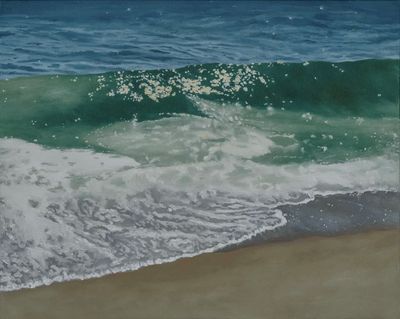
Laura Ellis’ paintings explore the meeting of land, water and sky, and the dynamics of forms in space. Intuitively exploring images of the natural world she follows where the painting leads. Her…
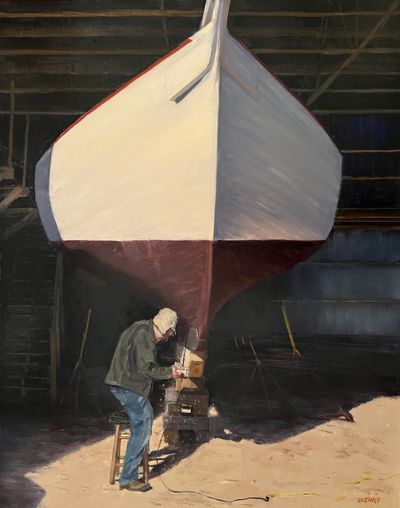
Lou Stanley’s path to working as a full-time professional painter is both long and short: Stanley came to painting after a career in the boatbuilding industry, but with a combination of natural…
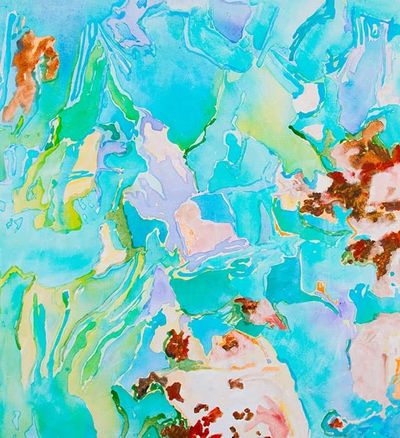
Lynda Reeves McIntyre was trained as a painter and a dancer at the University of Massachusetts, Hunter College and Yale University. She holds a Doctorate in Aesthetics and weaves her training in…
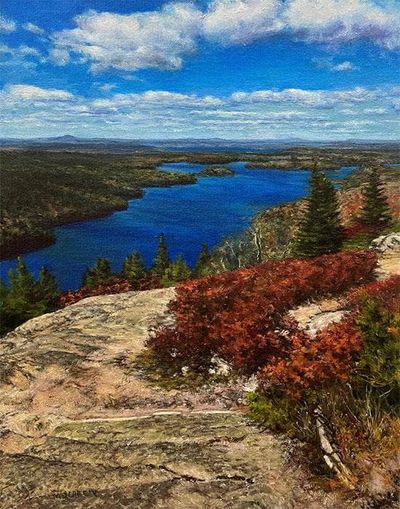
Mary Jo Carew works with oil on canvas. Her style is a mixture of realism and impressionism. Her work focuses on both plein air and studio landscapes and on figurative work within the natural…
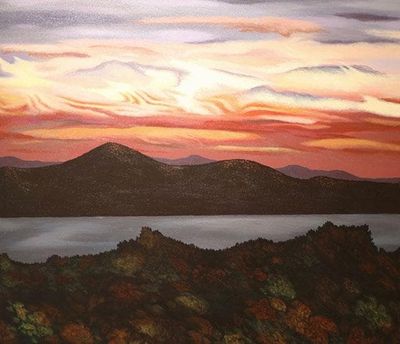
1959 - 2024
Through many years of painting, Mary Louise Pierson became more and more fascinated with nature and man’s interactions with it, whether it be in a still life or a landscape depicting…
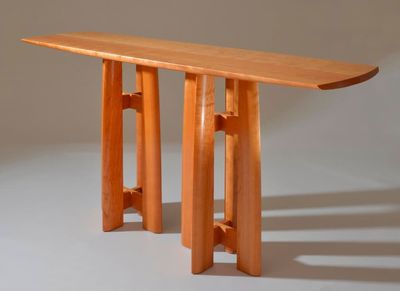
I have had a long-standing interest in design, going back to a young age, something that was certainly helped and encouraged by my parents, who were both artists. From them, I acquired a fascination…
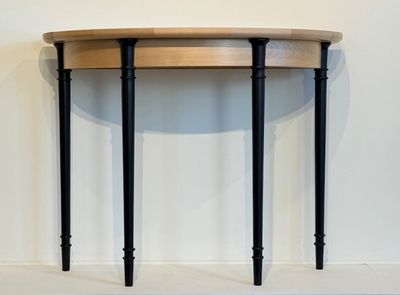
As a furniture designer and maker for over 20 years, Richard Oedel also came from an engineering and business background. The development and construction of form has always fascinated Richard; while…

Robert Wellings is a painter residing in Mount Desert, Maine. Rob’s paintings and drawings of the landscape evoke feelings of mystery and solitude, creating a sense of place both timeless and…
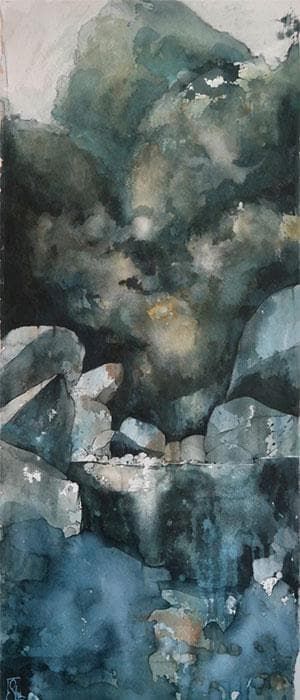
Sam Wyatt grew up in the city of Philadelphia. One of Wyatt’s earliest memories of the power of place was playing underneath an enormous steel bridge bordering the city’s lush Fairmount Park…
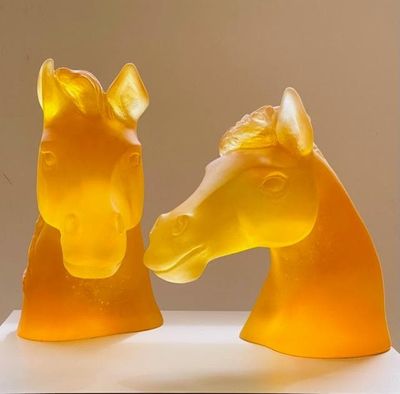
Nature guides and inspires Sarah Seabury Ward in her search to share the wonder of shapes, transitions and animal essence. When she was eight, her western pony, Honey, was her companion. Ward rode…

